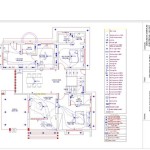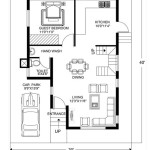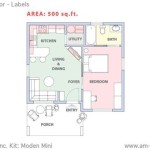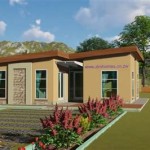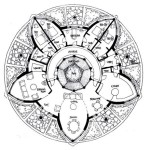House Plans for Kerala Style: A Comprehensive Guide to Design Elements
The enchanting architecture of Kerala, a state in Southern India, is renowned for its unique blend of traditional and modern elements. Kerala-style house plans seamlessly integrate timeless design principles with contemporary comforts, creating living spaces that are both aesthetically pleasing and functionally efficient.
If you dream of building a Kerala-style home, understanding the essential aspects of its design is crucial. This guide will provide a comprehensive overview of the key elements that define the distinctive character of Kerala-style house plans:
1. Sloping Roofs with Mangalore Tiles
One of the most striking features of Kerala-style houses is their sloping roofs adorned with Mangalore tiles. Traditionally made from clay, these tiles are known for their durability and the distinctive reddish-brown hue that gives Kerala homes their signature look. The sloping roofs not only enhance the visual appeal but also provide excellent drainage during monsoon seasons.
2. Extensive Use of Natural Materials
Kerala-style houses embrace the beauty of natural materials, primarily wood and stone. Wooden pillars, beams, and rafters form the structural framework, while stone is often used for flooring and exterior walls. These materials lend warmth and a sense of authenticity to the home, creating a harmonious connection with nature.
3. Open and Ventilated Plan
Kerala's tropical climate heavily influences the design of its houses, which feature open and ventilated plans. Large windows and doors allow ample natural light and air to circulate, creating a cool and inviting living environment. Verandas and balconies extend the living spaces outdoors, blurring the boundaries between the interior and exterior.
4. Etched Wall Decor
Intricate etched wall decor is a common feature in Kerala-style houses. These decorative panels, known as "nalukettu," are typically made of wood or stone and feature elaborate carvings depicting scenes from mythology or daily life. They add a touch of traditional elegance and cultural heritage to the home.
5. Courtyards and Gardens
Courtyards and gardens play an integral role in Kerala-style house plans. These spaces provide a serene escape from the bustling outside world and create a sanctuary for relaxation. Lush greenery, water features, and traditional seating arrangements transform the courtyard into an oasis of tranquility.
6. Traditional Furniture and Decor
The interior of a Kerala-style house is adorned with traditional furniture and decor. Wooden furniture with intricate carvings and hand-woven textiles in vibrant colors create a warm and inviting ambiance. Natural materials such as bamboo, jute, and coconut shells are often incorporated into the decor, adding a touch of rustic charm.
7. Sustainable Design Features
Modern Kerala-style house plans incorporate sustainable design features to minimize their environmental impact. Solar panels, rainwater harvesting systems, and natural cross-ventilation help reduce energy consumption. Eco-friendly materials and traditional construction methods ensure that these homes blend seamlessly with the surrounding environment.
By embracing these essential aspects, you can create a Kerala-style house plan that captures the essence of this captivating architectural style. A harmonious blend of tradition and modernity, functionality, and aesthetics, a Kerala-style home will provide you with a living space that truly reflects the vibrant culture and captivating beauty of Kerala.

Kerala Style House Design East Facing Home Plan With Elevation And Designs Books

3 Bedroom Kerala House Plans In 2d 3d

Kerala Style House Plans Low Cost Small In With Photo

Kerala Traditional 3 Bedroom House Plan With Courtyard And Harmonious Ambience Home Planners

Kerala Style Three Bedroom Low Budget House Plans Under 1300 Sq Ft I Total 4 Small Hub

1000 Sq Ft House Plans 3 Bedroom Kerala Style Plan Ideas 6f0 Drawing Floor Design

Best Kerala House Designs Floor Design Plans And Ideas

Kerala Style Home Plans Model

Simple 4 Bedroom Two Story Kerala Style House Plan Home Planners

Kerala Style Double Y House Plans Under 1600 Sq Ft For 5 Cent Plots Small Hub


